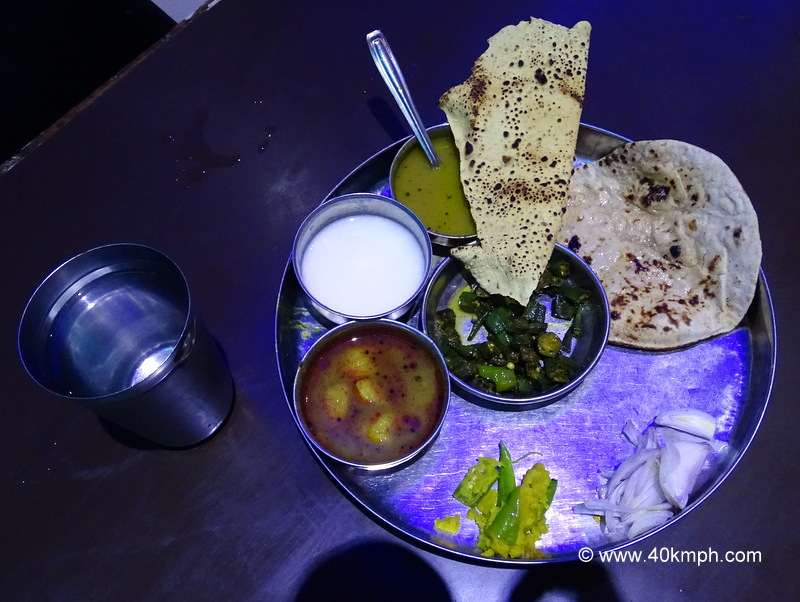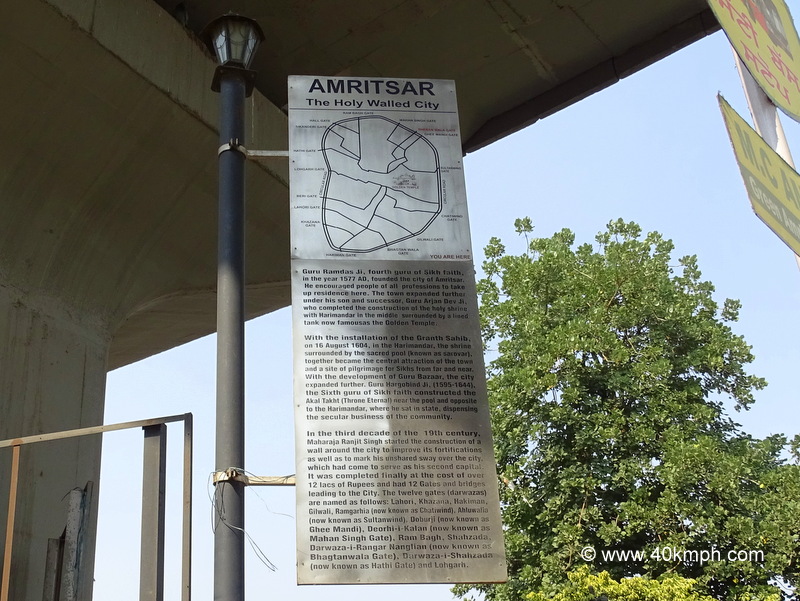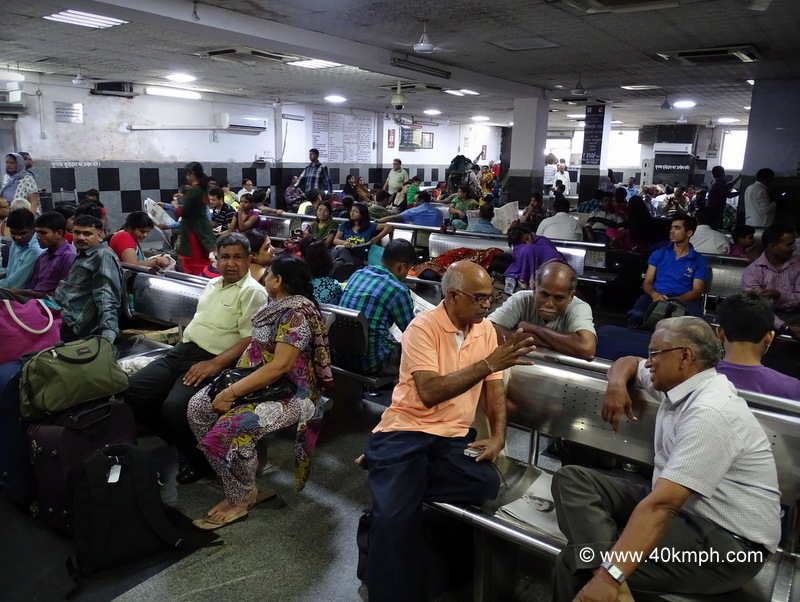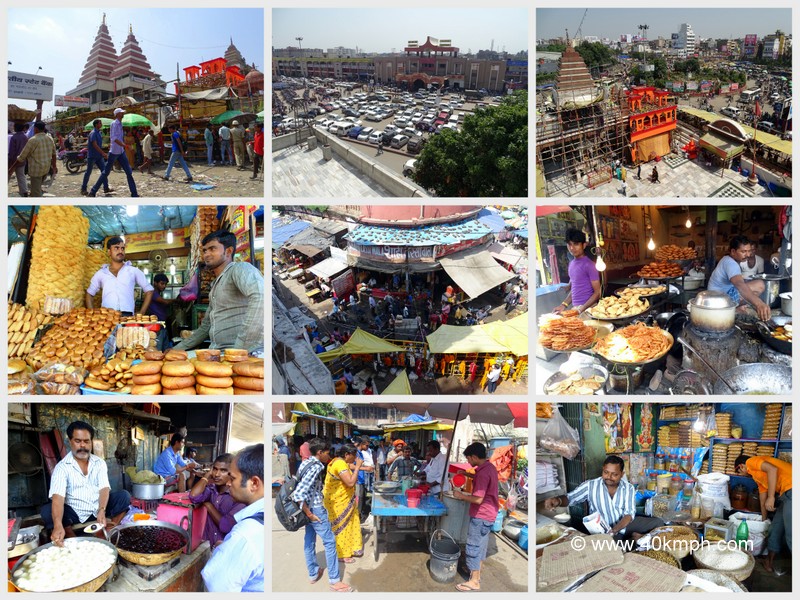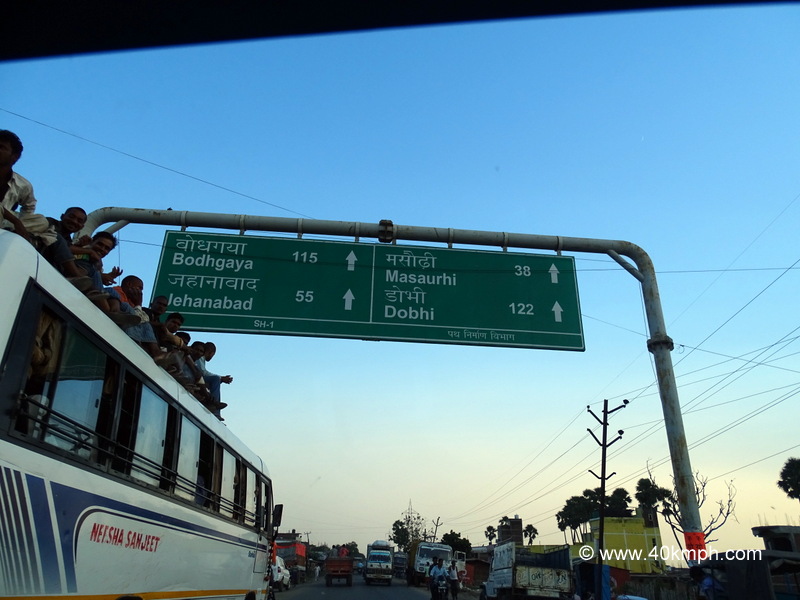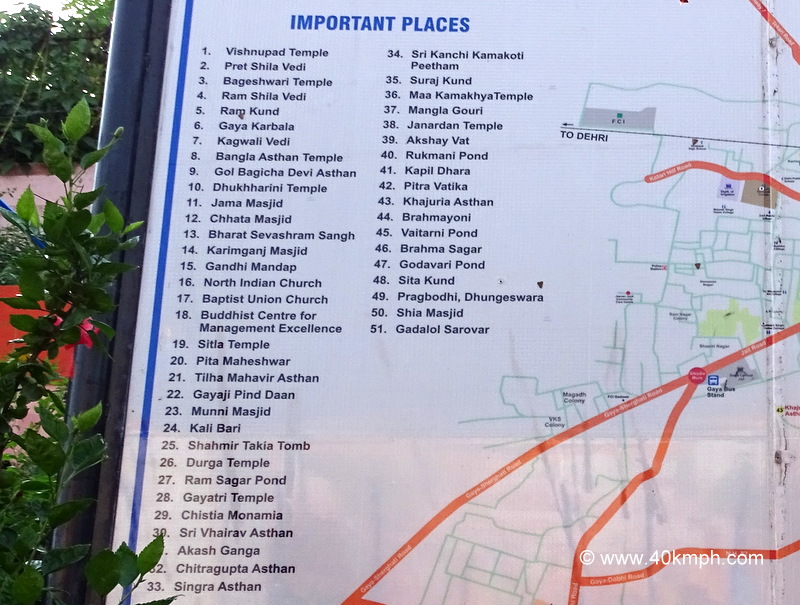Guru Ramdas Ji, fourth guru of Sikh faith, in the year 1577 AD, founded the city of Amritsar. He encouraged people of all professions to take up residence here. The town expanded further under his son and successor, Guru Arjan Dev Ji, who completed the construction of the holy shrine with Harimandar in the middle surrounded by a lined tank now famous as the Golden Temple.
With the installation of the Granth Sahib, on 16 August 1604, in the Harimandar, the shrine surrounded by the sacred pool (known as sarovar), together became the central attraction of the town and a site of pilgrimage for Sikhs from far and near. With the development of Guru Bazaar, the city expanded further. Guru Hargobind Ji, (1595-1644), the Sixth guru of Sikh faith constructed the Akal Takht (Throne Eternal) near the pool and opposite to the Harimandar, where he sat in state, dispensing the secular business of the community.
In the third decade of the 19th century, Maharaja Ranjit Singh started the construction of a wall around the city to improve its fortifications as well as to mark his unshared sway over the city, which had come to serve as his second capital. It was completed finally at the cost of over 12 lacs of Rupees and had 12 Gates and bridges leading to the City. The twelve gates (darwazas) are named as follows: Lahori, Khazana, Hakiman, Gilwali, Ramgarhia (now known as Chatiwind), Ahluwalia (now known as Sultanwind), Doburji (now known as Ghee Mandi), Deorhi-i-Kalan (now known as Mahan Singh Gate), Ram Bagh, Shahzada, Darwaza-i-Rangar Nanglian (now known as Bhagtanwala Gate), Darwaza-i-Shahzada (now known as Hathi Gate) and Lohgarh.
अमृतसर – पवित्र दीवारों वाला शहर
सिख धर्म के चौथे गुरु, गुरु रामदास जी ने वर्ष 1577 ई. में अमृतसर शहर की स्थापना की थी। उन्होंने सभी व्यवसायों के लोगों को यहां निवास करने के लिए प्रोत्साहित किया। उनके पुत्र और उत्तराधिकारी, गुरु अर्जन देव जी के अधीन इस शहर का और विस्तार हुआ, जिन्होंने बीच में एक पंक्तिबद्ध टैंक से घिरे हरिमंदर के साथ पवित्र मंदिर का निर्माण पूरा किया जो अब स्वर्ण मंदिर के रूप में प्रसिद्ध है।
16 अगस्त 1604 को ग्रंथ साहिब की स्थापना के साथ, हरिमंदर में, पवित्र कुंड (जिसे सरोवर के नाम से जाना जाता है) से घिरा हुआ मंदिर, शहर का केंद्रीय आकर्षण और दूर-दूर से सिखों के लिए तीर्थ स्थल बन गया। गुरु बाज़ार के विकास से शहर का और विस्तार हुआ। गुरु हरगोबिंद जी, (1595-1644), सिख धर्म के छठे गुरु ने पूल के पास और हरिमंदर के सामने अकाल तख्त (शाश्वत सिंहासन) का निर्माण किया, जहां वे राज्य में बैठे और समुदाय के धर्मनिरपेक्ष व्यवसाय को आगे बढ़ाया।
19वीं शताब्दी के तीसरे दशक में, महाराजा रणजीत सिंह ने शहर की किलेबंदी में सुधार करने के साथ-साथ शहर पर अपने असंबद्ध प्रभुत्व को चिह्नित करने के लिए, जो उनकी दूसरी राजधानी के रूप में काम करने लगा था, शहर के चारों ओर एक दीवार का निर्माण शुरू किया। अंततः यह 12 लाख रुपये से अधिक की लागत पर पूरा हुआ और इसमें शहर की ओर जाने वाले 12 द्वार और पुल थे। बारह द्वारों (दरवाज़ों) के नाम इस प्रकार हैं: लाहौरी, खजाना, हकीमान, गिलवाली, रामगढ़िया (अब चाटीविंड के नाम से जाना जाता है), अहलूवालिया (अब सुल्तानविंड के नाम से जाना जाता है), दोबुर्जी (अब घी मंडी के नाम से जाना जाता है), देओरी-ए-कलां ( अब महान सिंह गेट के नाम से जाना जाता है), राम बाग, शहजादा, दरवाजा-ए-रंगार नांगलियान (अब भगतांवाला गेट के नाम से जाना जाता है), दरवाजा-ए-शहजादा (अब हाथी गेट के नाम से जाना जाता है) और लोहगढ़।
(English to Hindi Translation by Google Translate)
Like this:
Like Loading...
